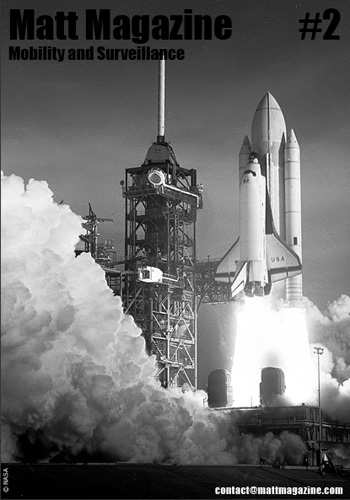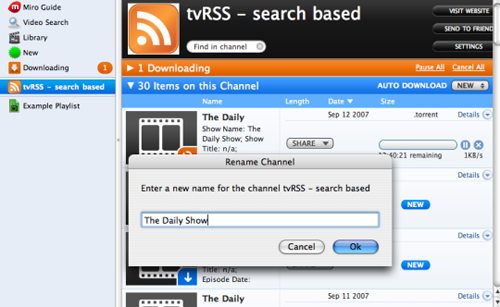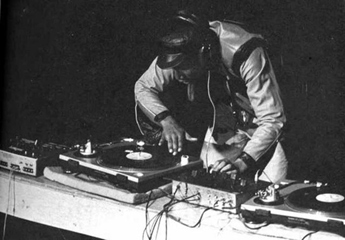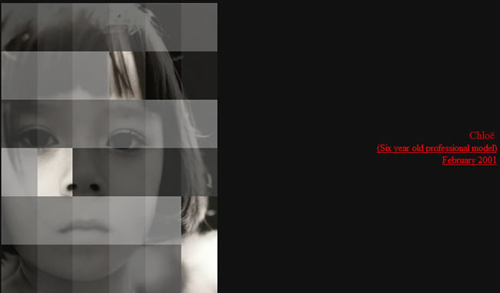New Online Advertising Strategies Spark Privacy Worries
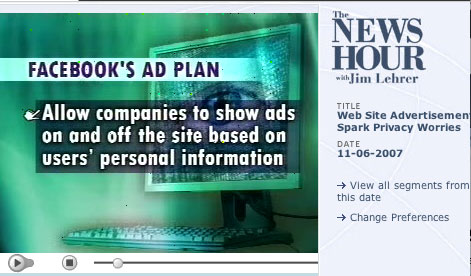
Image and text source: The News Hour
Originally Aired: November 6, 2007
Social networking Web sites such as MySpace and Facebook have started to allow advertisers to access users’ profiles and target the ads they deliver to that user accordingly. A media and technology writer examines the potential impact this marketing may have on individual user privacy.
GWEN IFILL: Judy Woodruff has our Media Unit look at the balance between online information’s financial potential and individual privacy.
JUDY WOODRUFF: It’s where millions of young people list their favorite hobbies, movies, friends and trends, and now all that information from the two largest social networking sites, Facebook and MySpace, with a combined total of more than 160 million users, will be made increasingly available to advertisers.
Facebook announced today that it will allow companies to show ads to its users, both when they are on and off the site, based on personal information they list online.
Yesterday, MySpace unveiled a self-service advertising tool allowing groups like small businesses, musicians and politicians to post an ad and choose who sees it. They also increased a number of categories that track user preferences by more than tenfold, in order for businesses to better target their products to the much-sought-after 18 to 25-year-old demographic.


